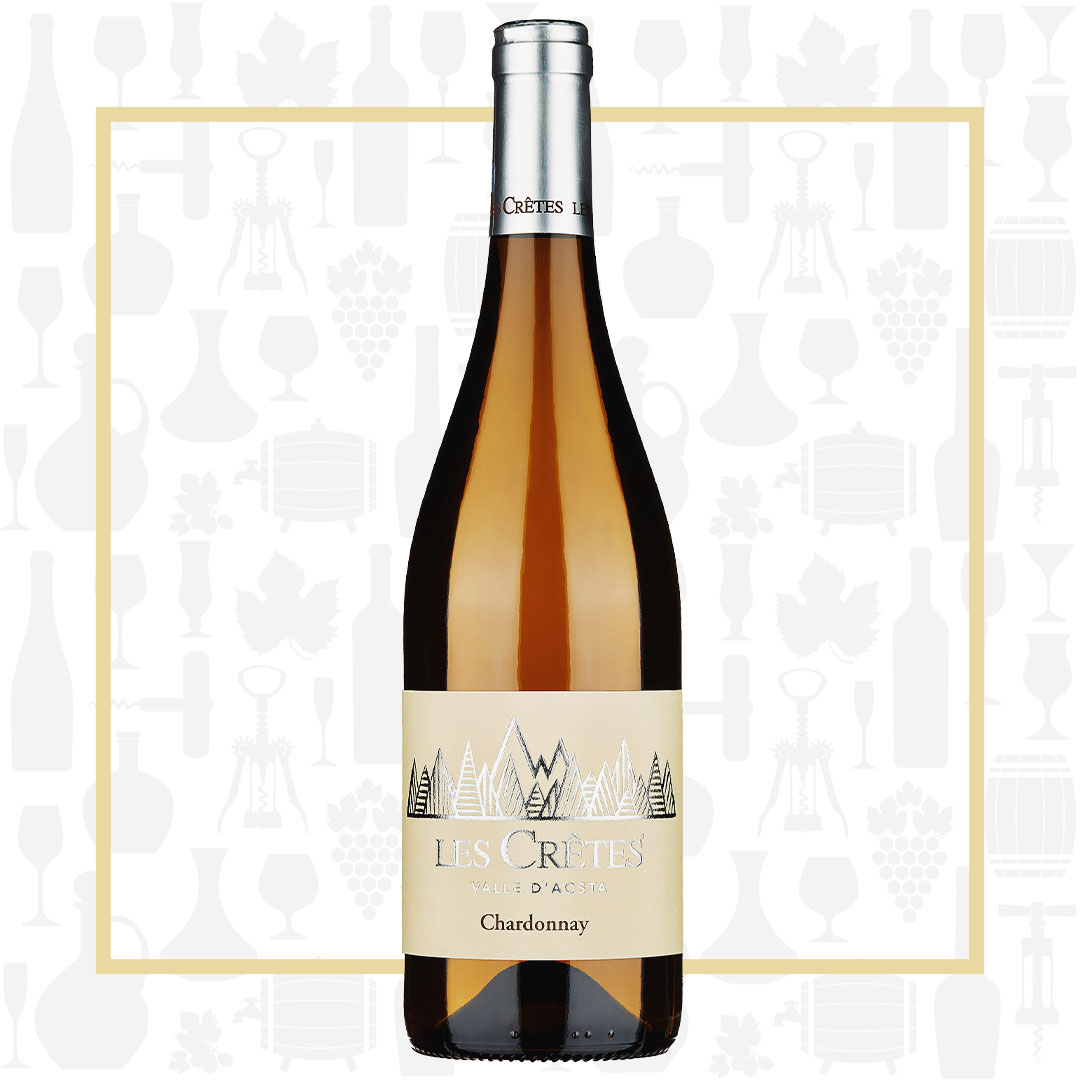Cellar Profile
In the mid 1700s, Bernardin Charrère moved from the Haute Savoie in Southeast France to the Aosta Valley and established Les Crêtes, a mill and farm in Aymavilles. This was in the middle of the 21 square mile Aosta Valley, in the heart of the wine region. In 1810, the family planted 2 hectares of vinifera grapes and the winery was born. The family still continues to craft wines from those vineyards to this day. Consistently recognized as the finest producer in the region, this is a boutique estate by international standards, but the largest privately-owned winery in Val d’Aosta. Working with the Italian government and other tiny vignerons in the region, Les Crêtes has been a pioneer in searching out rare, indigenous vinifera varieties — grapes like Petit Rouge, Mayolet, Prie Blanc, Premetta and Fumin, which exist nowhere else in the world — and helping protect them from extinction. This is one of the most challenging regions on earth to work for wine, with noncontiguous vineyards frequently planted on ledges on the side of steep Alpine mountains where they can find a little sandy soil. Hot summer days and extremely cool nights, coupled with a dry growing season allow for some of the longest hang times on earth. Their wines are powerful yet elegant, with trademark salty minerality – a true representation of this unique Alpine terroir.
Region
Surrounded by the Alps, the Val d’Aosta is home to the highest elevated vineyards in all of Europe. The region is divided into three main vineyard areas: the upper valley,Valdigne; the central valley; and the lower valley. Most vineyards in the Aosta Valley occupy the steep, south-facing slopes above the Dora Baltea river, a tributary of the Po. The dramatic topography and diminutive size of the valley mean that the area available for viticulture is limited. Much of the valley floor, with its mineral-rich, well-watered soils, is simply too fertile for quality viticulture. As a result, many of the best vineyards here are on the lower slopes, and climb steadily up the slopes to top altitudes of around 1300m above sea level.
Vineyard
The production area for Les Crêtes is in Frissonnière, in the Saint Christophe hamlet of Aosta province. The vines, which are 15 years old, are cultivated on steep slopes comprised of morainic, loose, sandy soils which are exposed to the northeast, southeast and southwest. They are at 500-750 meters above the sea level. The Chardonnay vines are extended for 2 hectares and are cultivated with the French Guyot method.
Winemaking
These vineyards require “heroic winemaking” efforts to harvest. Extremely steep slopes on Alpine mountainsides require hand harvesting with care. Allowed to fully ripen phenolically, the wines are cool-fermented, with a portion allowed to undergo natural malolactic fermentation to add a touch of creaminess . This Chardonnay never sees oak aging, but has some lees aging to add complexity.
Varieties
Chardonnay is the world’s most famous white-wine grape and also one of the most widely planted, with the most highly regarded expressions of the variety coming from Burgundy and California. Climate plays a major role in dictating which fruit flavours a Chardonnay will have. Broadly speaking, warm regions such as California tend to give more tropical styles. While many Chardonnays have high aromatic complexity, this is usually due to winemaking techniques (particularly the use of oak) rather than the variety’s intrinsic qualities. Malolactic fermentation gives distinctive buttery aromas. Fermentation and/or maturation in oak barrels contributes notes of vanilla, smoke and hints of sweet spices such as clove and cinnamon. Extended lees contact while in barrel imparts biscuity, doughy flavours.
Tasting Notes
Brilliant, straw yellow hue. Ripe melon and papaya with almond milk on the nose. Lush, ripe fruit on the palate surrounded by a core of bracing acidity. Rich mineral finish with tropical fruit overtones.

